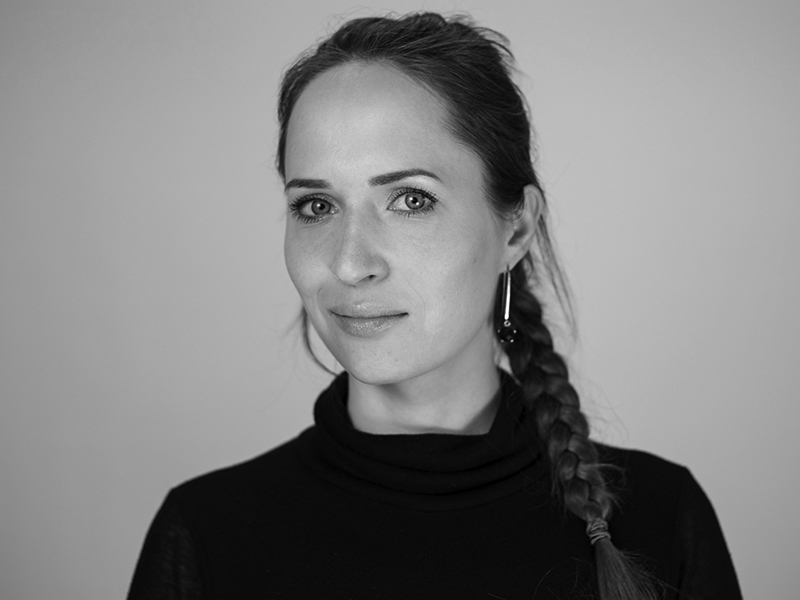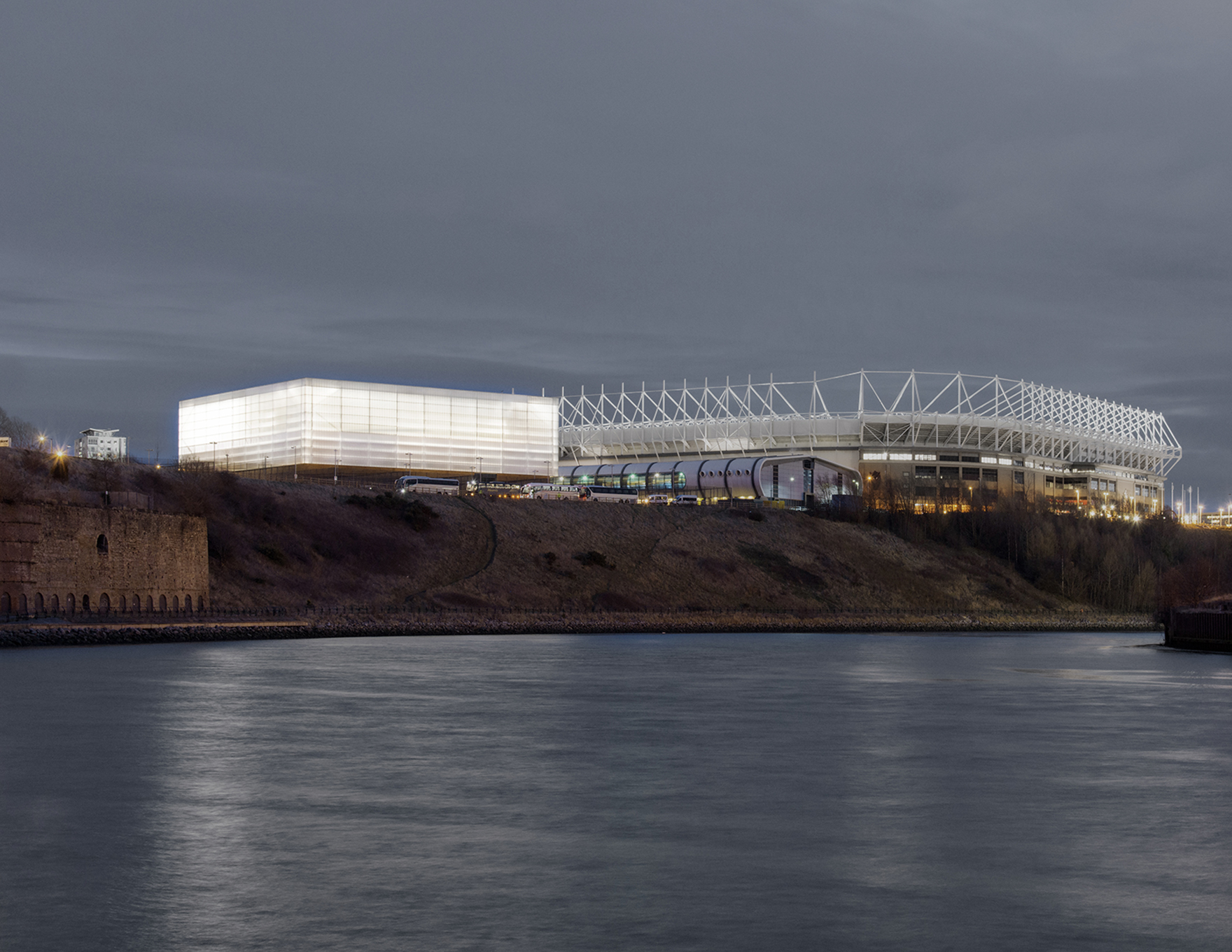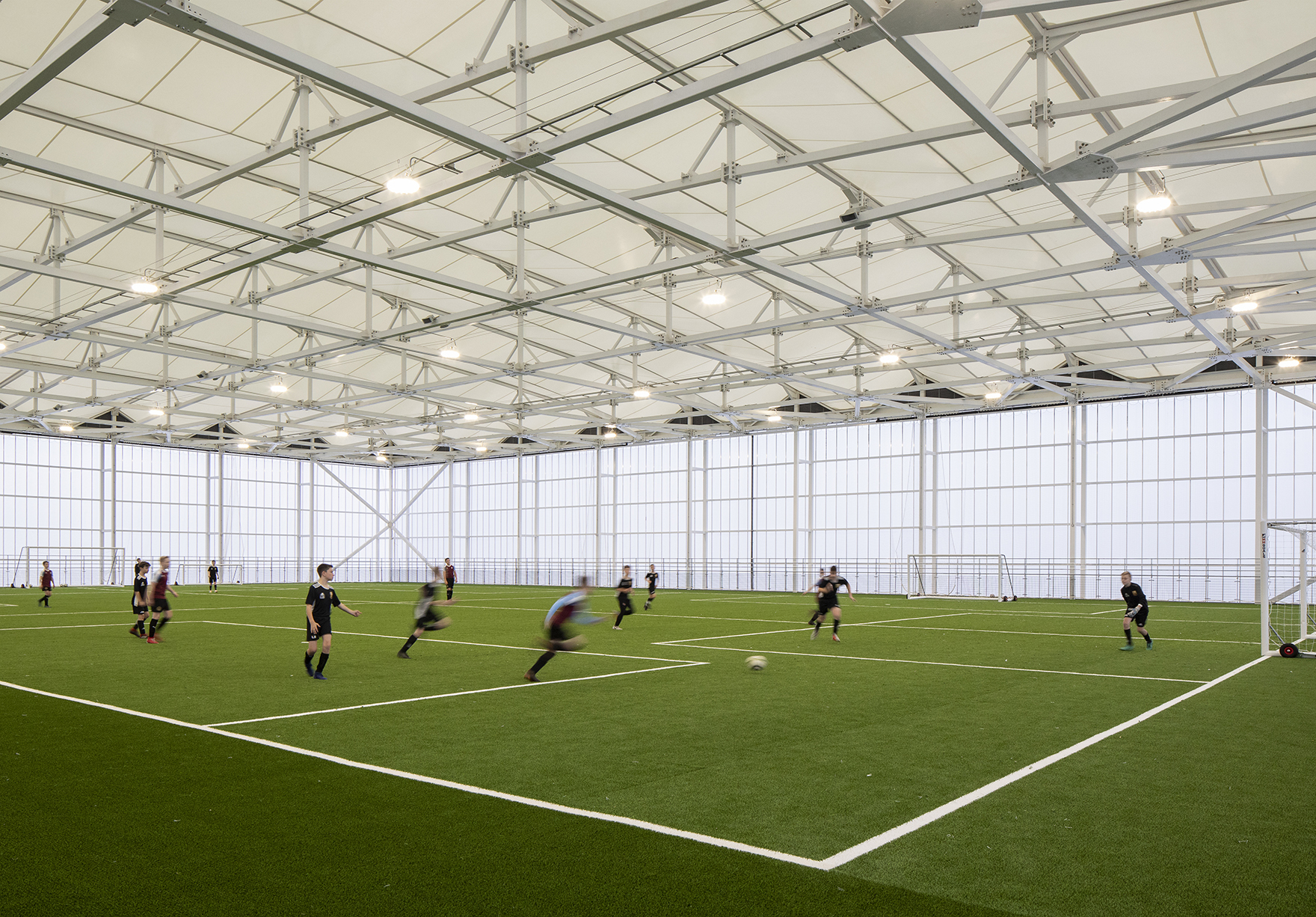Revisiting the Beacon

Irina Korneychuk
Associate Partner,
Architect
Irina is a key member of our internationally renowned sports and leisure team. She is experienced in leading the design and delivery of high-profile leisure and education projects, including sports facilities which challenge traditional models and drive innovation in the sector. She is an advocate for using design principles to promote healthy lifestyles and stronger communities and was named a Generation 4 Change Future Leader in 2018.

The Beacon of Light, a unique sports, community and education facility, opened its doors over 3 years ago. Since then, the building has provided a vibrant and feel-good environment for people to meet socially, gain skills and be inspired by sport. But what effect has the architecture itself had?
Many of the buildings and places we design provide an inherent social value to local communities through the nature of their brief, facilities and the organisations involved. This is certainly the case for the Beacon – the project is a not-for-profit multi-use community hub, made possible thanks to charitable donations and grant assistance – and the Foundation of Light predicts £73m worth of social return-on-investment.
For us, this raises the question: to what extent has our design provided social value? Can this be quantified? With the foundation, their staff and users we have been monitoring the buildings to explore these questions with a focused survey. We asked about how the building affects their sense of happiness, activity, wellbeing, safety and engagement with others, but also how it supports community needs.

The answers we received showed a real community appreciation for the facilities, but also the building's look and feel. 96% of people said the building lifts their spirits, and their responses cited the light and open feeling of spaces like the rooftop football barn. The answers also showed people felt strongly that the Beacon inspires them to be more active, due to design features, such as prominent staircases and views into all the activities.
The building is inspiring and uplifting. Being based there supports my health and well-being. The Beacon encourages you to be active, to give something back and to make a real difference.
For us, the importance of social value led post-occupancy studies like this one is accurately understanding the impact our work has on communities. When the design competition for the Foundation of Light’s facilities called for somewhere that would inspire people, our vision was a building that could be a shining beacon in Sunderland, that people could be proud of. The survey has helped us assess whether the Beacon of Light achieves that vision, and the results are emphatic – almost everyone we asked feels a sense of pride in the building and more than 80% of people think a lot of that pride is due to the design.
Whether we arrive during the day or night, we can't help but see the building a while before we get there due to its location and design features, especially in the winter when it is lit up.

At the end of last year, the RIBA announced that their project awards will now require entries to have been occupied for at least one year, bringing greater focus to building performance and feedback from users. The change reflects a growing understanding amongst designers that post-occupancy evaluation is essential to improving social value and sustainability. Architects cannot hope to design with social impact in mind without obtaining feedback on the outcomes of their contribution to buildings and placemaking. Looking forward, we need to extend these exercises into more technical territory, to understand energy consumption and material performance.
By revisiting and surveying our projects, we hope to build an evidence base from which to continuously improve the social value of our work. This study has shown that when we work with passionate clients proposing facilities that support education, health and wellbeing, design can go the extra mile to uplift and inspire communities.